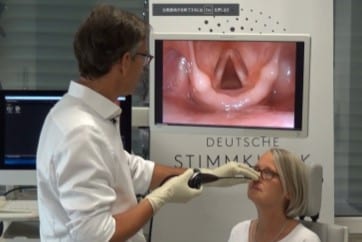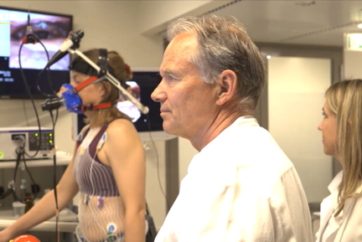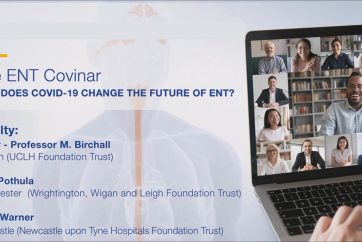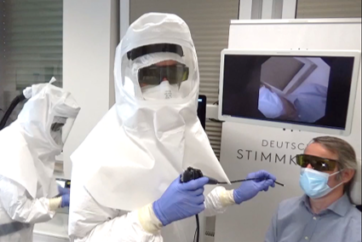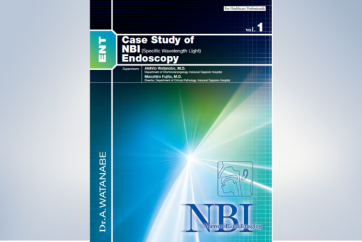Supervisors
Shinya Takano, M.D.
Department of Otorhinolaryngology,
Tokyo Women’s Medical University Yachiyo Medical Center
Yasuo Satou, M.D.
Department of Otorhinolaryngology, Kawasaki Municipal Kawasaki Hospital
Tai Omori, M.D.
Department of Surgery, Kawasaki Municipal Kawasaki Hospital
Hitoshi Sugiura, M.D.
Department of Pathology, Kawasaki Municipal Kawasaki Hospital
Supervisor's Note
The development of NBI has facilitated recognition of intraepithelial vascular abnormalities that are hard to be identified with the naked eyes, and is expected to enable diagnoses of earlier cancers in the epithelium or the subepithelial layers. The resolution of OLYMPUS ENF TYPE VQ, which was used in these observations is 2.5 times that of the previous model (OLYMPUS ENF TYPE V2), making possible more detailed observations of weaving and dilatation of the intraepithelial abnormal vessels when used in combination with NBI. This is expected to improve the accuracy of the assessment of the extent of the cancer as well as differentiation of benign diseases. Above all, accurate diagnosis of benign diseases such as lymphoid follicles and inflammations is extremely important in reducing the physical and economic burdens on the patients by eliminating unnecessary examinations.
Yasuo Satou, M.D.
Department of Otorhinolaryngology, Kawasaki Municipal Kawasaki Hospital
We recently attempted to apply NBI in routine ENT examinations. We would like to express our deep gratitude to everyone who helped put this booklet together.
Many of acute otitis media cases are infants, making good communication skills are very important.
By sharing their point of view and making them comfortable, we should be able to photograph their eardrums using a 3.2 mm videoscope (VISERA RHINO-LARYNGO
VIDEOSCOPE OLYMPUS ENF TYPE V2).
For nasal observation, we would like to emphasize the importance of findings after 1:5000 epinephrine spraying. That is, spraying for about 3 to 5 seconds inside the nose is sufficient.
Shinya Takano, M.D.
Department of Otorhinolaryngology,
Tokyo Women’s Medical University Yachiyo Medical Center
- Content Type


